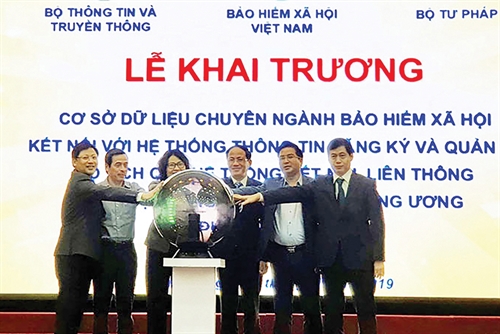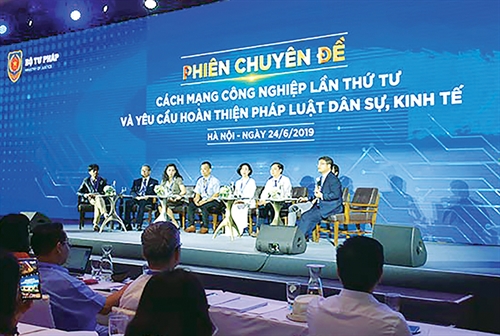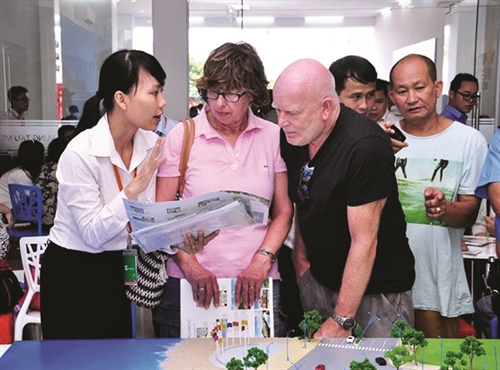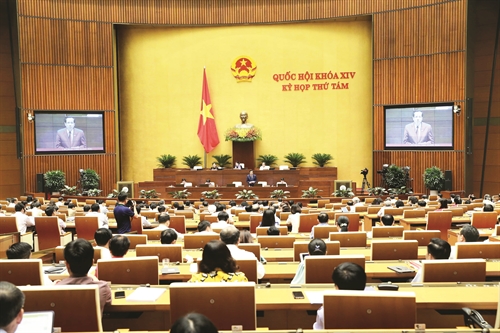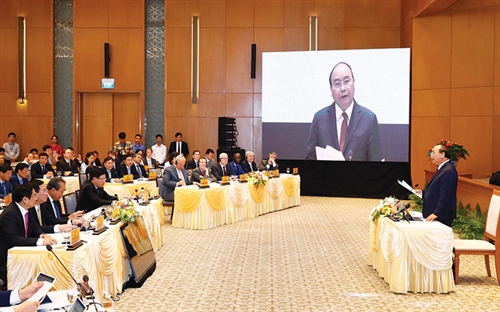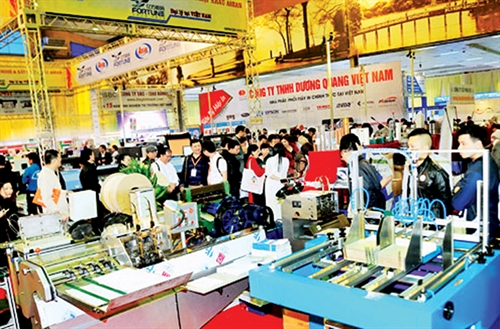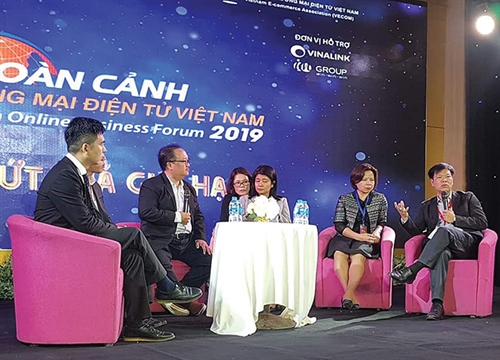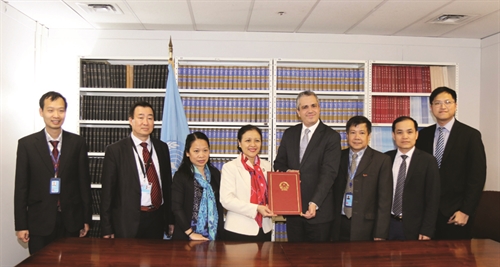 |
Rajesh Kumar, Advocate (*)
India has a free trade agreement with ASEAN member states. The ASEAN-India Free Trade Area (AIFTA) is a free trade area among the ten member states of the Association of Southease Asian Nations (ASEAN) and India. The initial framework agreement was signed on 8 October 2003 in Bali and the final agreement was on 13 August 2009. The ASEAN-India Free Area emerged from a mutual interest of all the parties to expand their economic ties in the Asia-Pacific region. India's Look East policy was reciprocated by similar interests of many ASEAN countries to expand their interactions towards India.
The free trade area has come into effect on 1 January 2010. Appropriate custom duty exemption notification [46/2011] was issued. In the financial year 2017-18, Indo-ASEAN bilateral trade grew by almost 14% to reach USD 81.3 billion. India's imports from ASEAN were valued at USD 47.13 billion while its exports to ASEAN stood at USD 34.2 billion. The trade between India-ASEAN is increasing at a rate of more than 15% per annum.
Within the ASEAN, Vietnam, a small country with a population of less than 100 million persons, is an export powerhouse and has often been dubbed as a miracle economy. The country has achieved enormous economic success in the last few decades on account of a booming manufacturing sector. It is currently the third-largest garments exporter in the world with an export turnover of over USD 30 billion. Vietnam has also emerged as the preferred choice of electronics and telephone/mobile phone companies trying to move out of China due to the US-China trade war.
India, with a population of more than 1.3 billion and rapidly expanding middle class is one of the most sought-after market in the world. With ASEAN-India free trade agreement, custom duty on almost 90% of the product has been reduced substantially in India, in most cases to zero percent. Thus, a large number of commodities do not incur any custom duty liability when exported to India. What is imposed at the time of import is only a duty equivalent to the domestic duty suffered by similar goods in India. We shall examine some of the products in this article where Vietnam has competitive advantage and India is a large market for those goods.
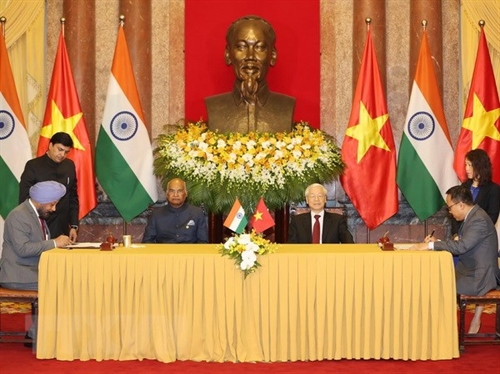 |
| President Nguyen Phu Trong and Indian President Ram Nath Kovind witnessed the signing of a Memorandum of Understanding on cooperation between the Vietnamese Foreign Ministry’s Department of Foreign Affairs and Indian Business Association in 2018__Photo: VNA |
Broadcasting equipment/telephones, integrated circuits etc. falling under Chapter 85 of Harmonised System of Nomenclature [HSN] are major export item from Vietnam. Many of these products attract zero custom duty when imported from Vietnam into India. Thus, India can be good trade destination for such export goods from Vietnam. Wooden furniture of Vietnam is known all over the world. Wooden furniture, when imported into India from Vietnam, does not attract any custom duty.
India’s total trade with Vietnam currently stands at about USD 12.2 billion. Meat and fish products are India’s largest export items to Vietnam and electrical machinery and equipment are India’s main import items from Vietnam. India currently ranks 27th among all foreign investors in Vietnam with a total investment capital of USD 756 million. Indian investments are much smaller in magnitude as compared to other Asian countries and only a handful of large Indian corporates such as Tata Group, ONGC Videsh and Marico Industries dominates India’s portfolio. There is huge potential to increase India’s investment in Vietnam.
In 2016, the Strategic Partnership between India and Vietnam was upgraded to Comprehensive Strategic Partnership. India and Vietnam have historically shared friendly relations and India enjoys substantial goodwill in the country. Defense ties form the bedrock of India’s relations with Vietnam because of convergence in strategic interests and mutual concerns. However, economic relations remain much below the potential. India has undertaken several initiatives in recent years to boost its economic ties with Vietnam under the Mekong-Ganga Cooperation. Several delegations from India have also visited Vietnam to explore investment opportunities and held consultations with Vietnamese officials/businesses to develop closer ties. However, such efforts have not met with much success.
Tourism in Vietnam is an important component of the modern Vietnamese economy. Vietnam has recently started tourist slogans, known as "Vietnam Timeless Charm". For backpackers, culture and nature lovers, beach-lovers; Vietnam has become a new tourist destination in Southeast Asia. Tourism contributes almost seven percent to gross domestic product of Vietnam and it is constantly increasing. After heavy industry and urban development, most foreign investment in Vietnam has been concentrated in tourism sector. The Vietnam National Administration of Tourism is following a long-term plan to diversify the tourism industry, which brings foreign exchange into the country. In 2018, Vietnam received 15.5 million international arrivals, up from 2.1 million in the year 2000.
According to the UN World Tourism Organisation, 50 million Indians will travel overseas in 2019, up from 23 million in 2017. Tourism’s growth continues to outpace global economic growth, bearing witness to its huge potential to deliver development opportunities across the world. International tourism accounts for 29% of the world’s services exports and 7% of overall exports. This highlights the importance of tourism in national export policies to broaden revenue streams, reduce trade deficits and ensure sustainable development. With the number of outbound Indian tourist growing at a very fast pace, Vietnam can do well if efforts are made to attract Indian tourists in Vietnam. Further, tourism also results in closer relationships between regions and leads to stronger trade ties.
Conclusion:
There is a huge potential to increase Vietnam-India trade ties in various sectors. India can be a good destination of export goods from Vietnam. Further, more and more Indian tourists can be attracted to Vietnam.
(*) About the Author:
The author is an Advocate, Managing partner of “Rajesh Kumar and Associates”, a full service law firm based in New Delhi. The author can be contacted on rajesh@rklegal.org
